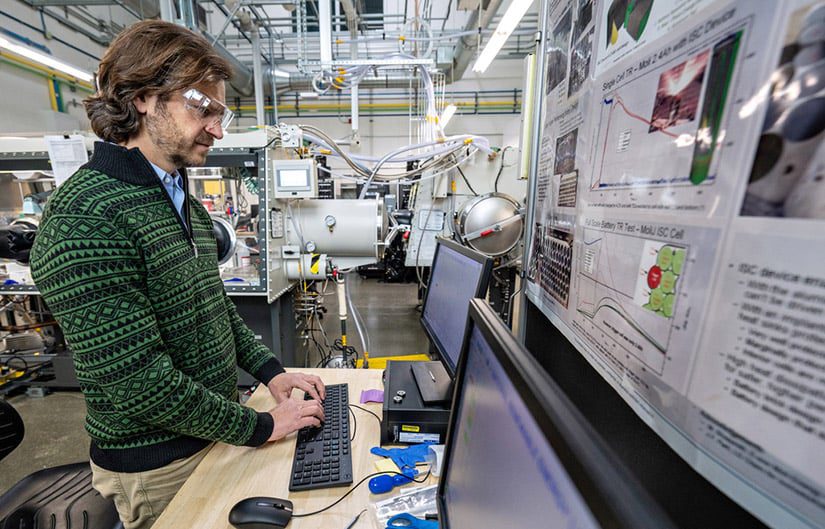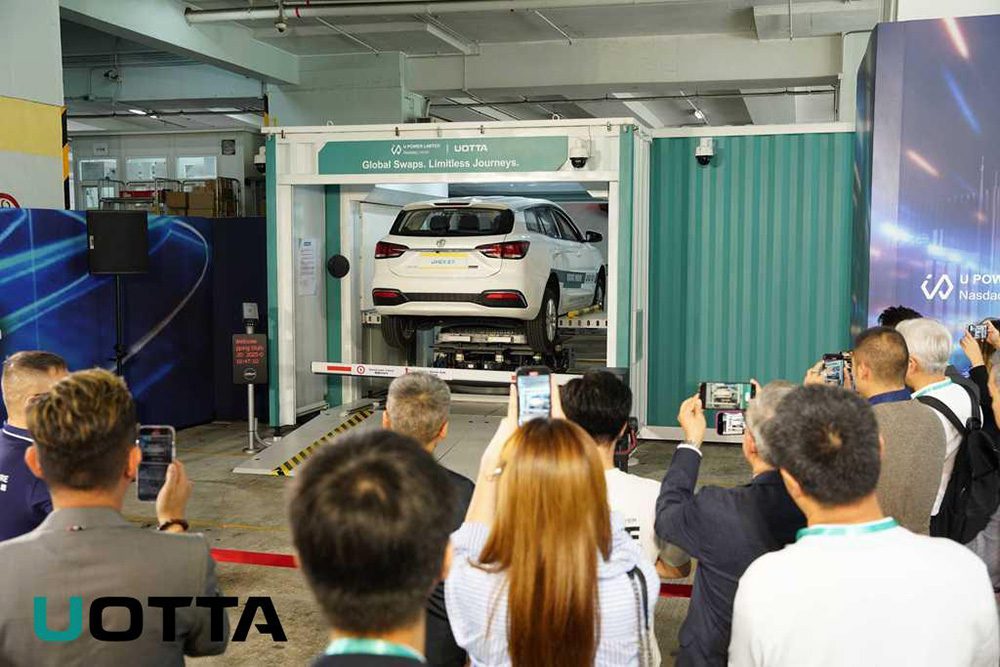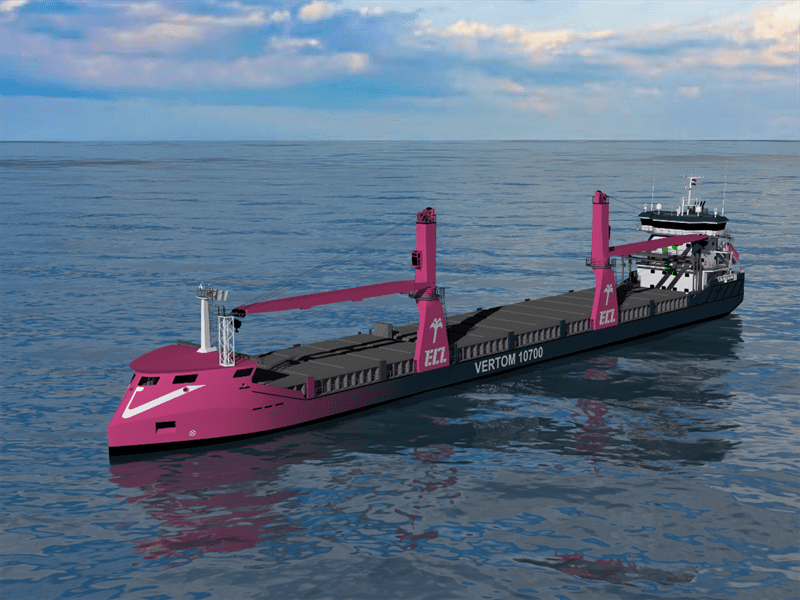California Lithium Battery, a finalist in the DOE’s 2012 Start Up America’s Next Top Energy Innovator challenge, has announced the record-setting performance of its new “GEN3” silicon graphene composite anode material for lithium-ion batteries (LIBs). Independent test results in full cell LIBs reveal an energy density of 525 Wh/kg and specific anode capacity 1,250 mAh/g. In contrast, most commercial LIBs have an energy density of between 100-180 Wh/kg and a specific anode capacity of 325 mAh/g.
“This equates to more than a 300% improvement in LIB capacity and an estimated 70% reduction in lifetime cost for batteries used in consumer electronics, EVs, and grid-scale energy storage,” said CalBattery CEO Phil Roberts.
The key to this new GEN3 battery material is the use of a breakthrough Argonne silicon graphene process which stabilizes the use of silicon in a lithium battery anode. Although silicon absorbs lithium ten times better than any other anode materials it rapidly deteriorates during charge/discharge cycles.
CalBattery has worked at Argonne and other facilities over the past year developing this new anode material to work in a full LIB cell with multiple cathode and electrolyte materials. The superior results of the development program at ANL leads the company to believe that this could eventually replace conventional graphite based anode materials used in most LIBs manufactured today.
This novel material is suitable for use in combination with a variety of existing and new LIB cathode and electrolyte materials that the company believes will help dramatically improve overall battery performance and lower LIB cycle cost – effectively storing electricity at a cost competitive with energy produced from fossil fuels.
















































































